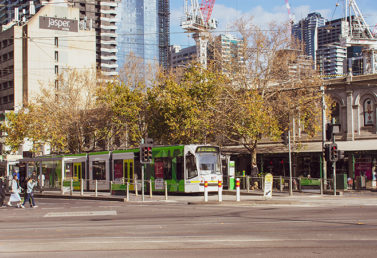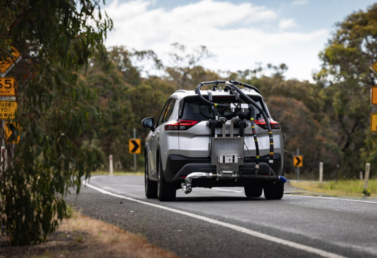Research from the nation’s peak motoring body shows household transport costs have continued to rise, despite an already steep increase during the first three months of 2021. The typical household is now spending a record 14.9 per cent of their income on transport.
Transport costs continued their recent increase throughout 2021’s June Quarter.
The Australian Automobile Association’s (AAA) latest Transport Affordability Index shows the average household spent $361 per week on transport in the second quarter of 2021, $6 more than the previous quarter. Petrol prices were the key indicator that increased the most during this period.
For the typical metropolitan household, this equated to a yearly transport expenditure of $20,520; and $16,735 for the typical regional household.
Sydney residents faced the highest transport costs, of $470 per week, which was $109 (30%) above the national average.
The town of Bunbury in Western Australia continued to sit at the top of the list of most expensive regional centres, followed by Alice Springs and Geelong.
As a percentage of household income, the national average cost of transport rose from 14.7 per cent to 14.9 per cent with loan repayments and fuel remaining the largest cost inputs.
Hobart residents continued to face the highest costs, when measured as a proportion of household budget (among capital cities) with transport costs being 18.1 per cent of household income.
Please note, the data within this Transport Affordability Index Q2 is current as of June 30 2021, just as many of our capital cities were entering significant lockdowns.

The latest AAA Transport Affordability Index reveals transport cost rises exceeded the consumer price index not only in the September 2023 quarter but also over the 12 months to the end of September.
read more
Initial results of Australia’s first program to test vehicle real-world performance show the cars tested use up to 13% more fuel on the road than they did in lab tests reported by manufacturers.
read more
The quarterly update of the AAA’s EV Index shows the Australian new vehicle market continuing to change.
read more